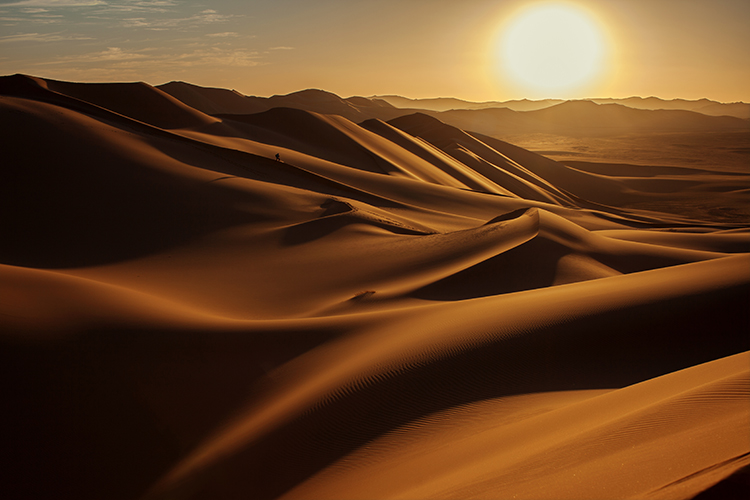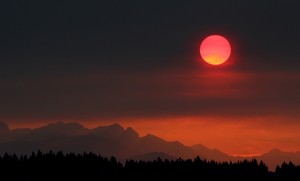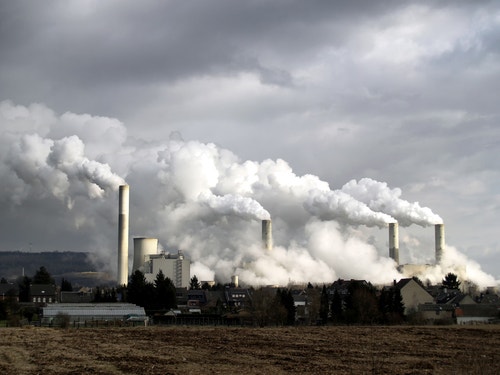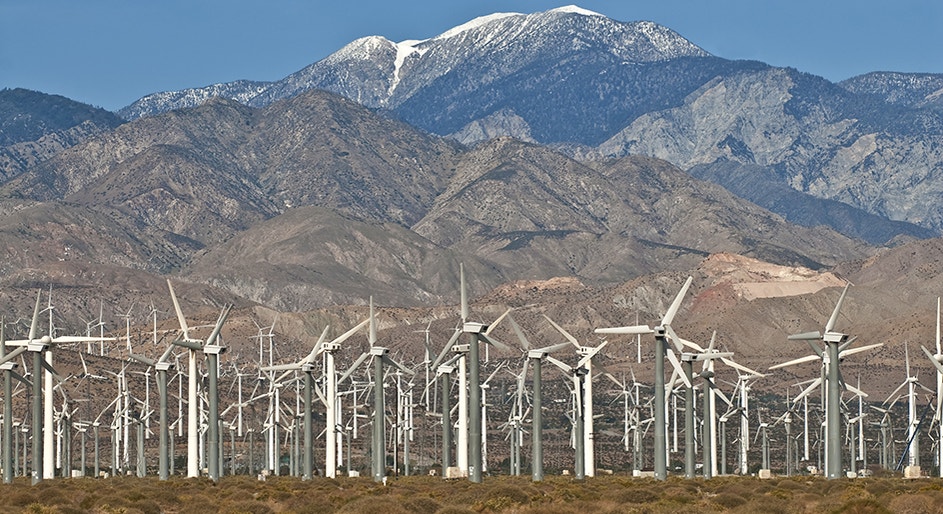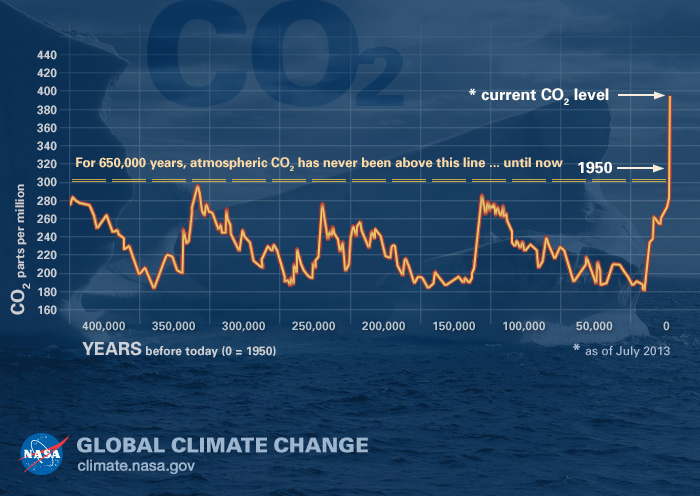A Cool Compromise
Tuesday, December 15th, 2015Tuesday, December 15, 2015
On Saturday evening in Paris, France, world leaders finalized a deal to try to stem Earth’s surging temperature. The 2015 Paris Climate Conference, also called COP21, reached an agreement on climate in order to keep global temperatures from rising more than 3.6 °F (2 °C) from levels in the mid-1800’s. COP21 is an acronym for the 21st annual session of the Conference of the Parties. The Paris agreement is a landmark measure in the way that it sets a long-term goal for slowing global warming and provides methods for countries to achieve that goal.
Global warming is an increase in the average temperature at Earth’s surface, referring specifically to the warming observed since the mid-1800’s. If it continues unchecked, it may melt ice on land near Earth’s poles, raising sea levels; lead to widespread droughts; and cause certain plant and animal species to become extinct. Natural processes have caused Earth’s climate to change in the distant past. But scientists have found strong evidence that human activities have caused most of the warming since the mid-1900’s. Such activities include the release of greenhouse gases like carbon dioxide into the atmosphere, where they trap heat like a blanket around Earth. Researchers have also found that most of the temperature increase occurred from the mid-1900′s to the 2000′s.
Climate change leaders succeeded in forming the Paris agreement through much skillful compromise. For example, many coastal and island nations—which will be the most affected by climate change—wanted any resolution coming from the Paris talks to be legally binding. Larger, heavier-polluting countries preferred a nonbinding agreement. COP21 reached a compromise where countries are legally required to set and review emissions reduction targets, but the enforcement of those targets by the countries is voluntary. The climate agreement also contains measures for more developed countries to assist less-developed ones in environmentally responsible economic development. Though developing nations were not part of the problem of high greenhouse gas emissions in the past, they must be part of the solution through limited emissions in the future. Economic assistance for these countries will help them improve life for their citizens without negatively impacting the climate.
As in any compromise, no one side got exactly what it wanted. Some environmental groups say that the agreement does not go far enough and will not stop the planet from exceeding the 3.6 °F (2 °C) threshold as it promises, for example. But the Paris agreement represents a turning point in how humanity tackles climate change. Based on the deal outlined over the last two weeks, all countries will do their part to limit their emissions with the hope of slowing the march of climate change.
Additional World Book articles:
- Greenhouse effect
- Holding the Line at 2° (a Behind the Headlines article)
- The Great Meltdown (a special report)
- Probing the History of Climate Change (a special report)
- What We Know About Climate Change (a special report)

